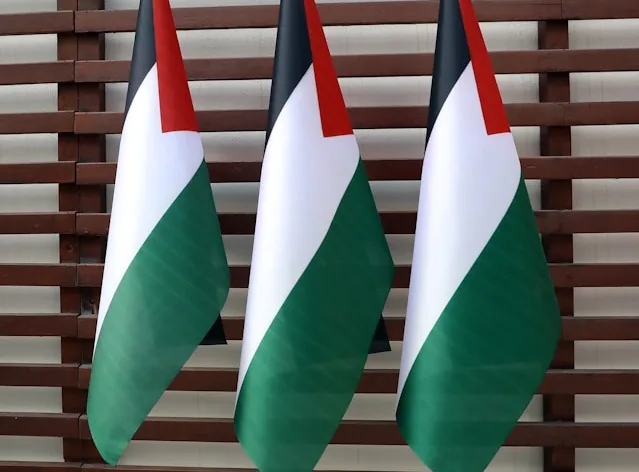Hamas leader Yahya Sinwar aims to restore pre-war power and capacity, seeking a complete cessation of hostilities and a significant withdrawal of Israeli forces from Gaza
On September 6, 2024, Lt. Col. Yaron Buskila, CEO of the Israel Defense and Security Forum (IDSF), shed light on the true objectives of Yahya Sinwar, the leader of Hamas, in the ongoing hostage negotiations. According to Buskila, Sinwar’s demands extend far beyond the immediate concerns of the hostage crisis and reflect a broader strategy to regain and enhance Hamas’s strategic capabilities.
Buskila outlined that Sinwar is not only seeking the complete withdrawal of Israeli Defense Forces (IDF) from the Gaza Strip, including critical areas like the Philadelphi and Netzarim Corridors but also demands an end to all Israeli aerial surveillance, including drone operations over Gaza. Additionally, Sinwar is pushing for the release of Palestinian prisoners held in Israel.
Embed from Getty ImagesThese demands, according to Buskila, are indicative of Sinwar’s intention to return to the pre-October 7 status quo, which would enable Hamas to resume its aggressive tactics against Israel. This includes the potential to replicate the October 7 attacks that initiated the current conflict. Sinwar’s goals suggest a strategic aim to enhance Hamas’s operational capabilities and leverage in future negotiations or confrontations.
Buskila also raised concerns about the implications of meeting Sinwar’s demands. He warned that agreeing to these terms might set a dangerous precedent, encouraging similar tactics from other militant groups and potentially leading to further escalations. Buskila emphasized the risk of Hamas and other regional actors interpreting such concessions as validation of their strategies, thereby perpetuating cycles of violence and instability.
The ongoing conflict has led to significant casualties and destruction, exacerbating the humanitarian crisis in Gaza. As of the latest reports, the conflict has resulted in thousands of deaths and widespread infrastructure damage, further complicating efforts to secure a comprehensive and lasting ceasefire.
Analysis of Sinwar’s Goals:
- Restoration of Pre-War Power:
- Sinwar’s demands suggest a desire to restore Hamas’s operational capacity and influence to the state it was before the October 7 attacks. This includes regaining control over strategic areas and resuming the ability to challenge Israeli security measures.
- Complete Ceasefire and IDF Withdrawal:
- The call for a complete cessation of hostilities and the withdrawal of Israeli forces from Gaza indicates Hamas’s intention to create a situation where they can operate with minimal restrictions and maximum autonomy.
- Aerial Surveillance and Intelligence:
- Sinwar’s demand for halting Israeli drone flights over Gaza reflects a strategic objective to prevent Israeli intelligence-gathering and monitoring, which could hinder Hamas’s operations and planning.
- Release of Palestinian Prisoners:
- The request for the release of Palestinian detainees underscores Hamas’s broader goal of gaining leverage and concessions in negotiations while addressing grievances related to prisoner treatment.
Strategic Implications:
- Negotiation Dynamics:
- Meeting Sinwar’s demands may provide short-term relief but could embolden militant groups and destabilize the region further. It raises questions about the long-term effectiveness of such concessions in ensuring lasting peace and security.
- Military Pressure:
- Buskila advocates for increased military pressure on Hamas to improve negotiating leverage. He suggests that intensifying operations and controlling resource distribution could compel Hamas to negotiate under more favorable conditions for Israel.
- Humanitarian Considerations:
- The humanitarian impact of the conflict continues to be severe, with extensive casualties and infrastructure damage in Gaza. Addressing these issues remains critical to any potential resolution and peace-building efforts.
